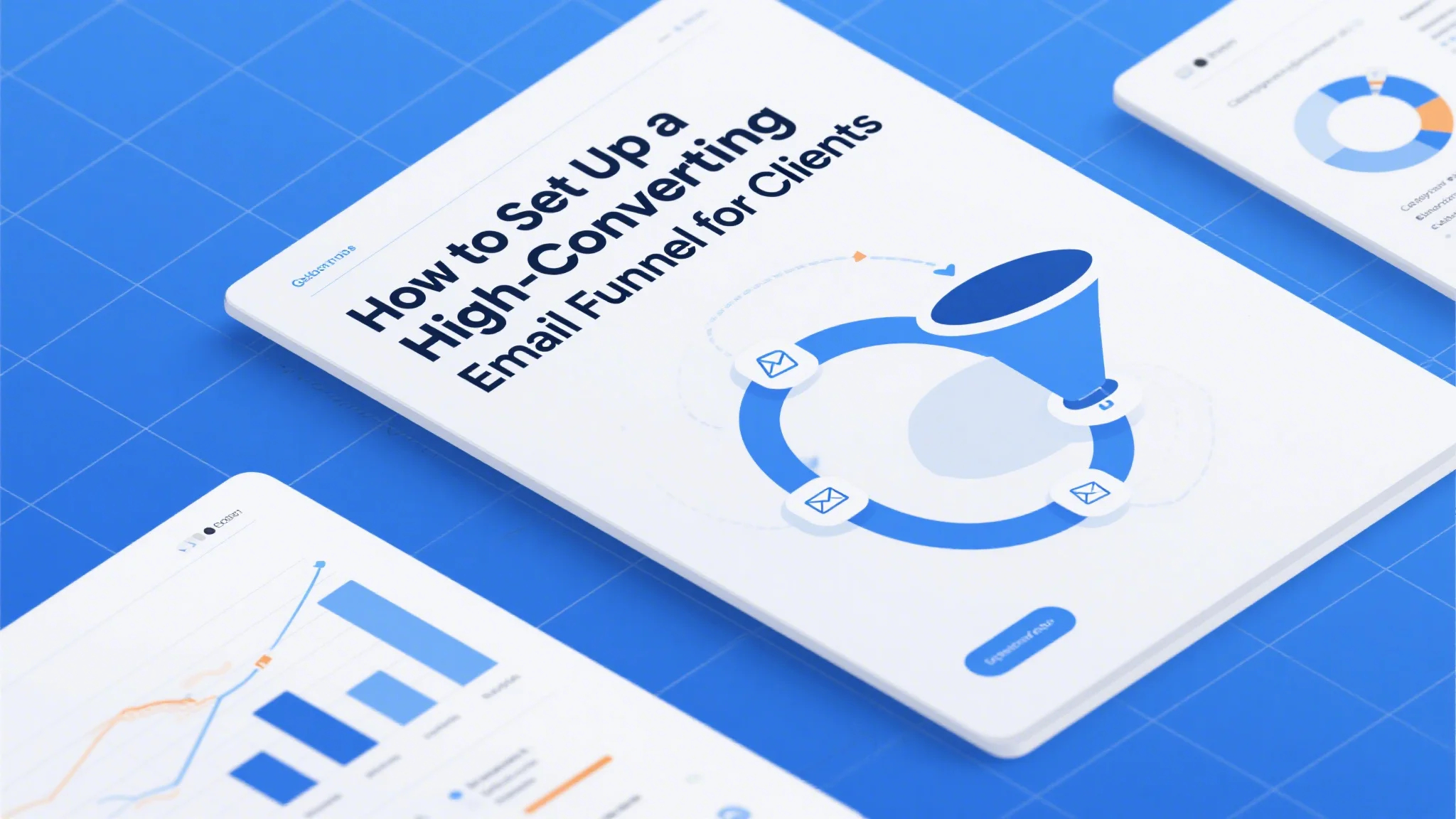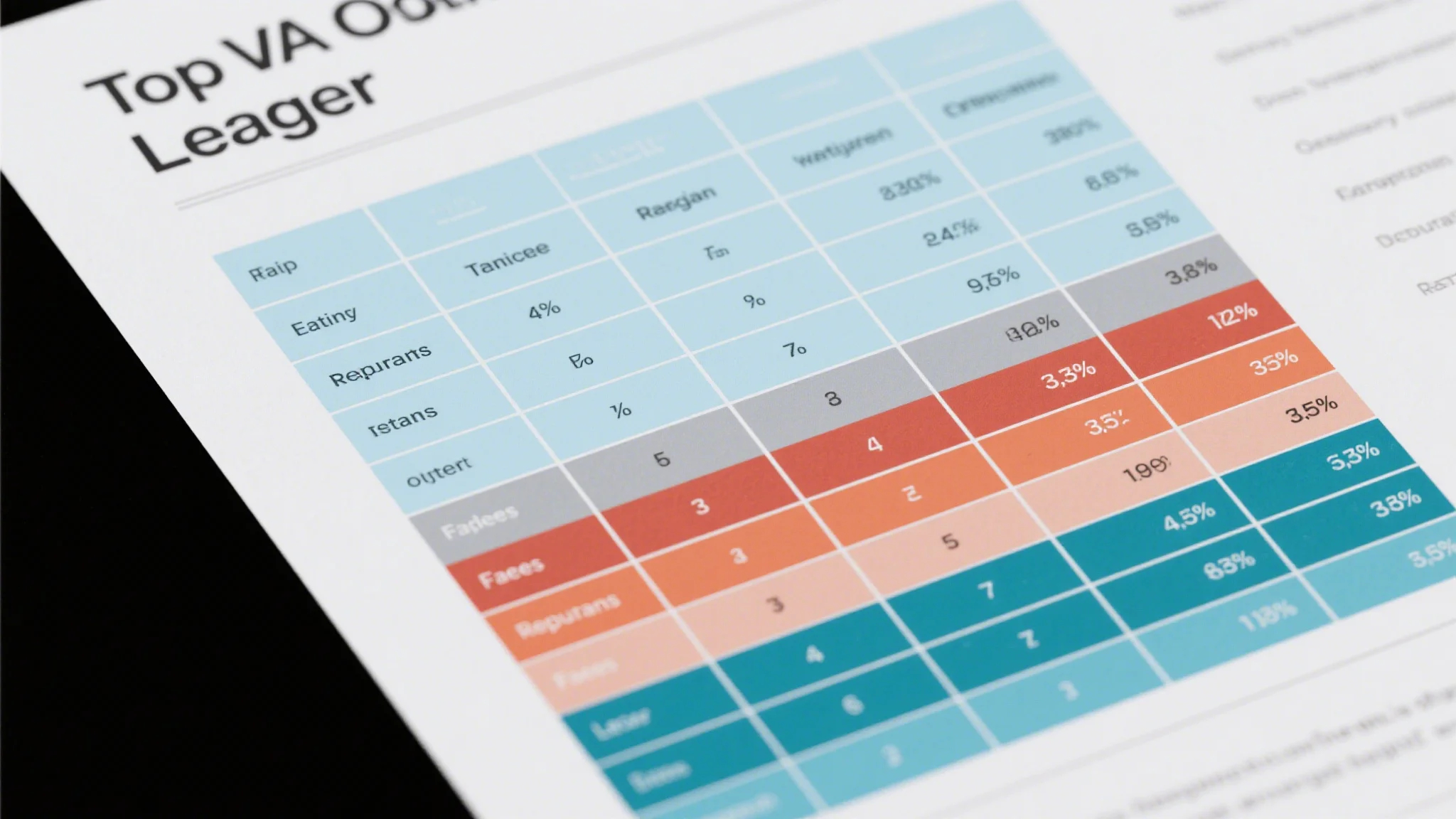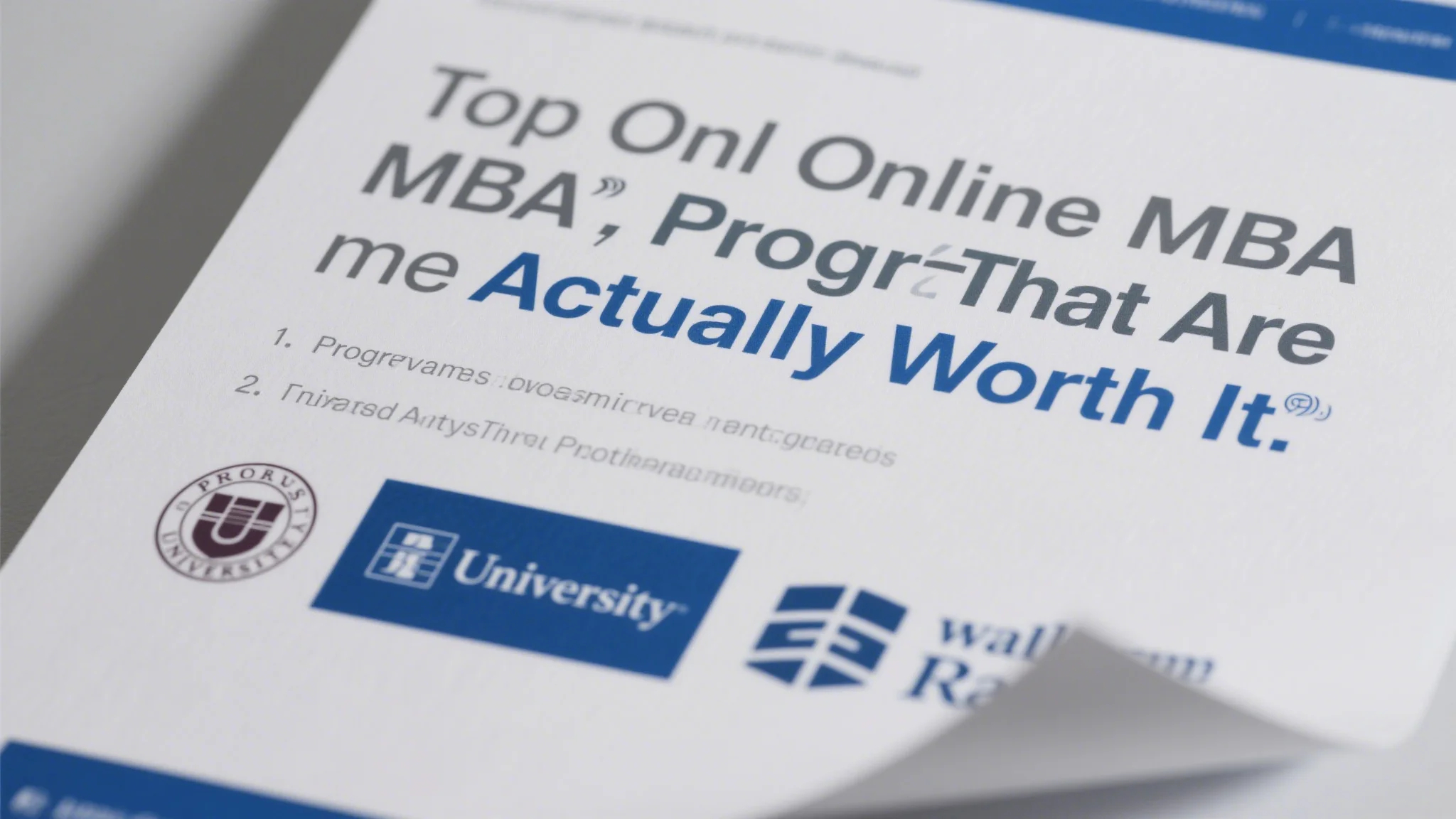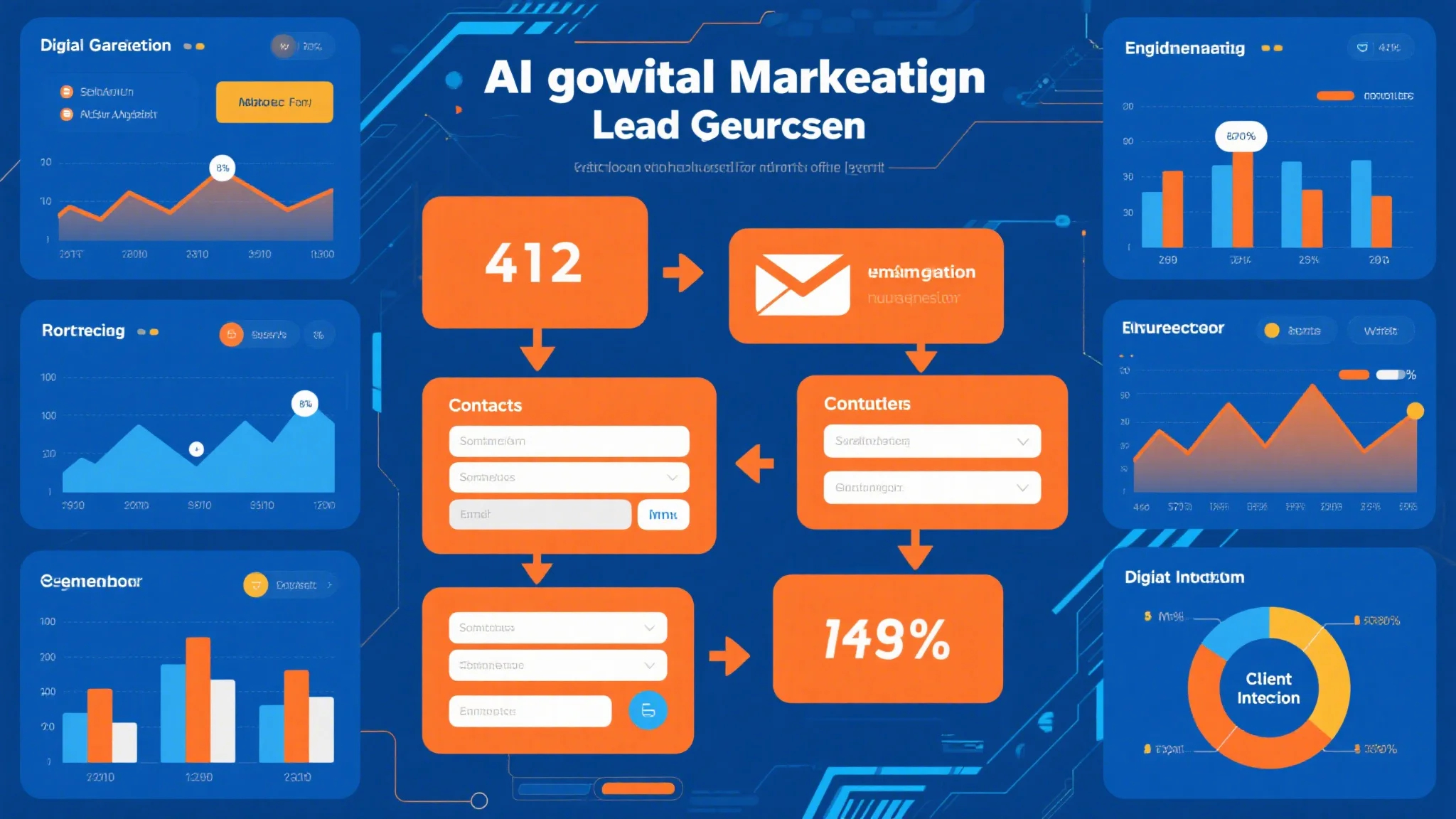The Foundation of a High-Converting Email Funnel
Email marketing remains one of the most effective channels for driving conversions and building customer relationships. However, not all email campaigns are created equal. To set up a high-converting email funnel, you need to focus on creating a seamless, personalized, and engaging experience for your clients.

1. Define Your Target Audience
The first step in building a high-converting email funnel is understanding your audience. Without a clear target audience, your email campaigns will lack direction and fail to resonate with your clients.
To define your audience, start by creating detailed buyer personas. These personas should include demographics, pain points, goals, and behaviors. For example, if you’re targeting small business owners, your persona might include details like their business size, industry, and the challenges they face.
Segmentation is key. Instead of sending the same email to everyone on your list, divide your audience into groups based on their interests, behaviors, or demographics. This ensures that each email is relevant and tailored to their needs, increasing the likelihood of conversion.
2. Craft a Compelling Subject Line
The subject line is the first thing your clients will see in their inbox. If it doesn’t grab their attention, your email will likely be ignored or deleted.
To create a compelling subject line, follow these tips:
Keep it short and clear. Aim for 50-60 characters to ensure it’s fully visible on all devices.
Use action-oriented language. Words like “Get,” “Discover,” or “Claim” can create a sense of urgency.
Personalize it. Including the recipient’s first name or referencing their past behavior can make the email feel more relevant.
Test different variations. Use A/B testing to see which subject lines perform best.
3. Design Engaging Email Content
Once your audience is hooked by the subject line, the email content needs to deliver value. Whether it’s a product promotion, a blog post, or a special offer, the content should align with the recipient’s interests and goals.
Here are some tips for crafting engaging email content:
Start with a strong headline. The headline should immediately communicate the value of the email.
Use visuals sparingly. High-quality images or graphics can enhance the email, but avoid overloading it with unnecessary visuals.
Incorporate a clear call-to-action (CTA). Your CTA should be prominent, concise, and action-oriented. For example, “Shop Now” or “Download Free Guide.”
Add social proof. Including testimonials, reviews, or case studies can build trust and credibility.
4. Include a Clear Call-to-Action
The CTA is the backbone of your email funnel. It tells the recipient exactly what to do next.
To make your CTA effective:
Keep it simple. Use action verbs like “Buy,” “Sign Up,” or “Learn More.”
Make it stand out. Use contrasting colors, bold text, or buttons to draw attention to the CTA.
Place it strategically. The CTA should be easy to find, but not overwhelming.
By focusing on these foundational elements—audience targeting, subject line optimization, engaging content, and clear CTAs—you can set the stage for a high-converting email funnel.
Optimizing Your Email Funnel for Success
Now that you’ve laid the groundwork, it’s time to optimize your email funnel to ensure maximum conversions. Here are some advanced strategies to refine your approach.
1. Segment Your Email List
Segmentation is one of the most powerful tools in email marketing. By dividing your email list into smaller, more targeted groups, you can deliver highly personalized content that resonates with each segment.
Here are some common segmentation strategies:
Demographic segmentation: Divide your list based on age, gender, or location.
Behavioral segmentation: Segment based on past purchases, clicks, or email opens.
Interest segmentation: Use surveys or forms to gather data on your audience’s preferences.
For example, if you’re an e-commerce business, you might send product recommendations based on a customer’s past purchase history.
2. Optimize for Mobile
With over 50% of emails opened on mobile devices, optimizing your email for mobile is crucial.
To ensure your emails look great on all devices:
Use a mobile-friendly design. Keep the layout simple and avoid clutter.
Make sure text is readable. Use a font size that’s easy to read on small screens.
Shorten links. Use a URL shortener to make links more readable on mobile.
3. Implement A/B Testing
A/B testing is a powerful way to refine your email campaigns and improve conversions. By testing different elements of your email, such as the subject line, CTA, or content, you can identify what works best for your audience.
Here’s how to conduct effective A/B tests:
Define your goal. Decide what you want to test (e.g., subject line, CTA placement).
Create two versions. Test a control version against a variation.
Analyze the results. Use data to determine which version performs better.
Repeat and refine. Use the insights from your tests to improve future campaigns.
4. Continuously Improve Your Funnel
A high-converting email funnel isn’t set and forget. To keep it effective, you need to continuously monitor and improve it.
Here are some steps to maintain your funnel:
Track key metrics. Measure open rates, click-through rates, and conversion rates to assess the performance of your emails.
Gather feedback. Use surveys or feedback forms to understand what your clients like or dislike about your emails.
Update your content. Refresh your email copy, visuals, and CTAs to keep it relevant and engaging.
Stay compliant. Ensure your email campaigns comply with anti-spam laws like CAN-SPAM.
By implementing these optimization strategies, you can create a high-converting email funnel that delivers consistent results for your clients.
:
Setting up a high-converting email funnel requires a combination of strategy, creativity, and optimization. By defining your target audience, crafting compelling subject lines, designing engaging content, and continuously refining your approach, you can build a funnel that drives conversions and fosters lasting relationships with your clients. Remember, the key to success is understanding your audience and delivering value at every step. With the right approach, your email funnel can become a powerful tool for growth and success.



